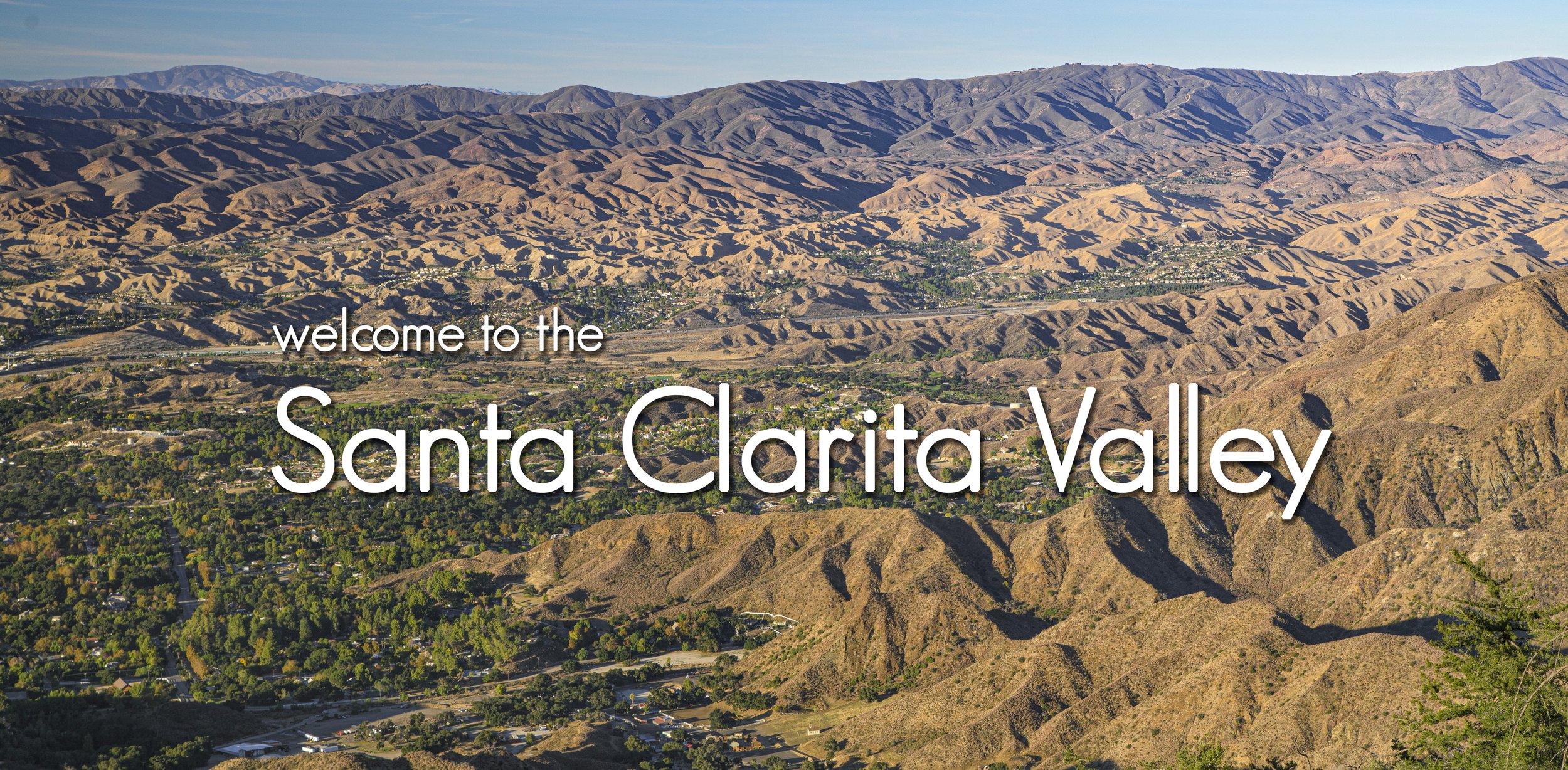Santa Clarita can be found just 30 miles north of Downtown LA, nestled between the San Gabriel and Santa Susana Mountain Ranges. It is a city surrounded by hiking trails, open spaces, bike paths and parks. These vast amounts of wild areas coupled with the unique, mediterranean climate make it an inviting place for many types of exciting plants and wildlife.
Research has proven the calming and beneficial effects of spending time in nature. This page is dedicated to exploring Santa Clarita’s natural areas and to better understanding the native flora and fauna that have existed here long before the city was built.
Given that there are many families in the area (we ourselves have a two-year old) the focus will be on areas that are child-friendly and easily accessible.
santa clarita hikes / open spaces
East & Rice Canyon
Two trails, lots of shade, and picturesque views.
WHITNEY CANYON
Check out an oak forest with a waterfall at the end! Accessible and mostly flat.
ELSMERE CANYON
This lesser known trail takes you to a tucked-away canyon that feels miles away.
Towsley Canyon
Popular loop trail with bubbling tar pits and a slot-like canyon.
placerita canyon
Popular, one-of-a-kind canyon/creek trail, nature center, and lots of alternate trails.
WATERFALL TRAIL
Relatively short, scenic trail which has multiple beautiful waterfalls if you visit when the time is right.
Mentryville
California’s 1st oil well, old architecture, secluded, & filled with history.
pico Canyon
Popular, good for kids or for a quick nature experience
EAST WALKER RANCH
Not crowded, kid-friendly, short hike up a hill with beautiful views.
Quigley canyon
Not crowded, kid-friendly, flat, beautiful open space with oak groves.
HART PARK
Central, lots of history, full of surprises with a museum and even roaming bison!
An important note for those who are new to Santa Clarita - the time of year that you visit and the weather will have a big impact on the landscapes of all of these hikes. In summer and fall, the heat will turn the hills brown and dry and all the creeks will be dry up. In winter and spring (with enough rainfall) the hills will be vibrant green, water will run through the creeks, and wildflowers will bloom across all the trails. It is best to seek hikes with shade during the summer or hike very early in the morning to avoid the heat.
The official Hike Santa Clarita Webpage is also an excellent resource for those interested in learning more about the hiking trails and open spaces of Santa Clarita. There you can download official trail maps, get trail descriptions, and view photos as well.
SANTA CLARITA NATIVE PLANTS
Walking around the trails and open spaces you’ll begin to see the same vegetation over and over. For those who are curious, below is some fun information on the more common and interesting native plants that you’ll encounter.
California Sagebrush
Santa Clarita’s Best Smelling Medicinal Plant
California Buckwheat
A keystone species within our chaparral habitat, supporting 50+ butterfly/moth species, and great for making honey.
WHITE SAGE
The same sage that people burn as incense. This threatened sage has beautiful pale leaves and shoots up huge blooms in early summer.
MULEFAT
Find this along any stream or water source around SCV. It blooms almost year-round, and popular with pollinators.
CEANOTHUS
California Lilac, a nitrogen-fixing shrub (with 60+ species) in the buckthorn family and important wildlife plant.
Coyote Brush
A secondary pioneer plant in chaparral habitat, this common plant is widely used in native, drought-tolerant gardens.
Sugarbush
Also known as a sugar sumac, this is a fast-growing, evergreen chaparral plant that has beautiful leaves and berries.
BLACK SAGE
keystone sage species with aromatic leaves, this plant is an important food source for butterflies, hummingbirds, quail, and more.
DEERWEED
Another bee-magnet plant with beautiful yellow blooms, common across our hills.
GOLDEN YARROW
Look for clusters of golden flowers a foot or two off the ground. This plant is actually in the daisy family and not related to true yarrow.
Bush Monkeyflower
A long-blooming, orange flowered shrub that can be seen along many of the hikes, and alongside cliff-faces while driving through local canyons.
Heartleaf Keckiella
Beautiful shiny heart-shaped leaves, and a hummingbird favorite when the red trumpet-like flowers appear. This plant can be found on hillsides, often growing over other plants.
Yerba Santa
Great for making tea and treating respiratory illnesses.
PURPLE SAGE
The most colorful local sage, the bright purple blooms are unmatched, and a bee magnet.
COAST LIVE OAK
The most widespread local oak that make up most of our local oak forests.
BLUE ELDER
One of the most important food sources for birds in California.
Golden currant
This ribes species has no thorns, beautiful golden flowers that smell like cloves, berries that are a bird favorite (and can be made into jam)
Sawtooth Goldenbush
A local plant that blooms in the fall, a savior for pollinators when most other plants are no longer in bloom.

















